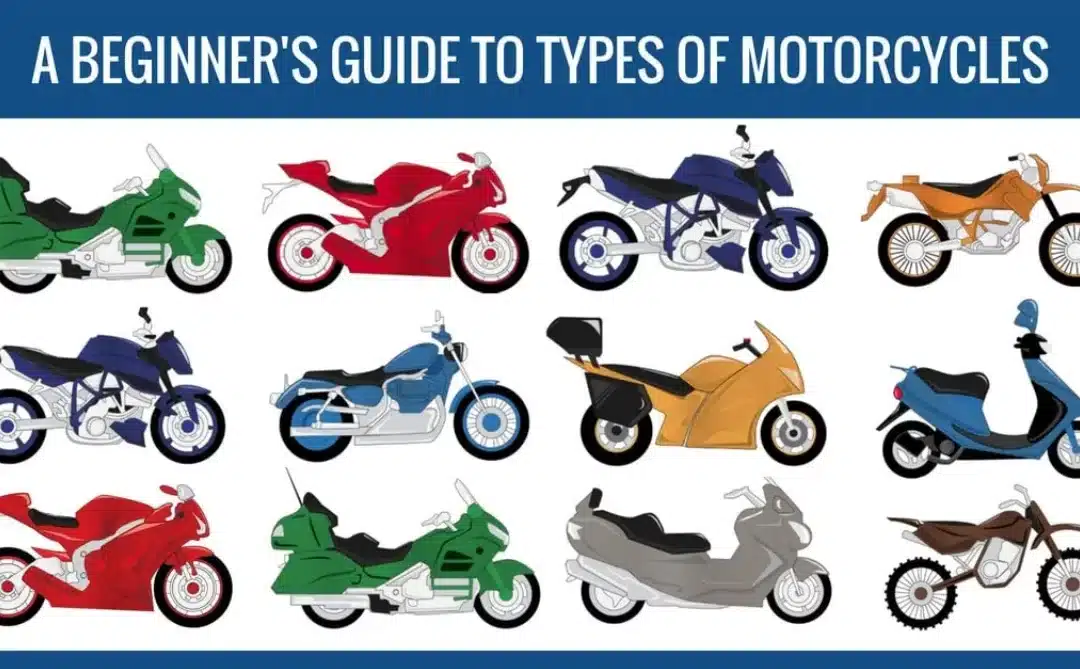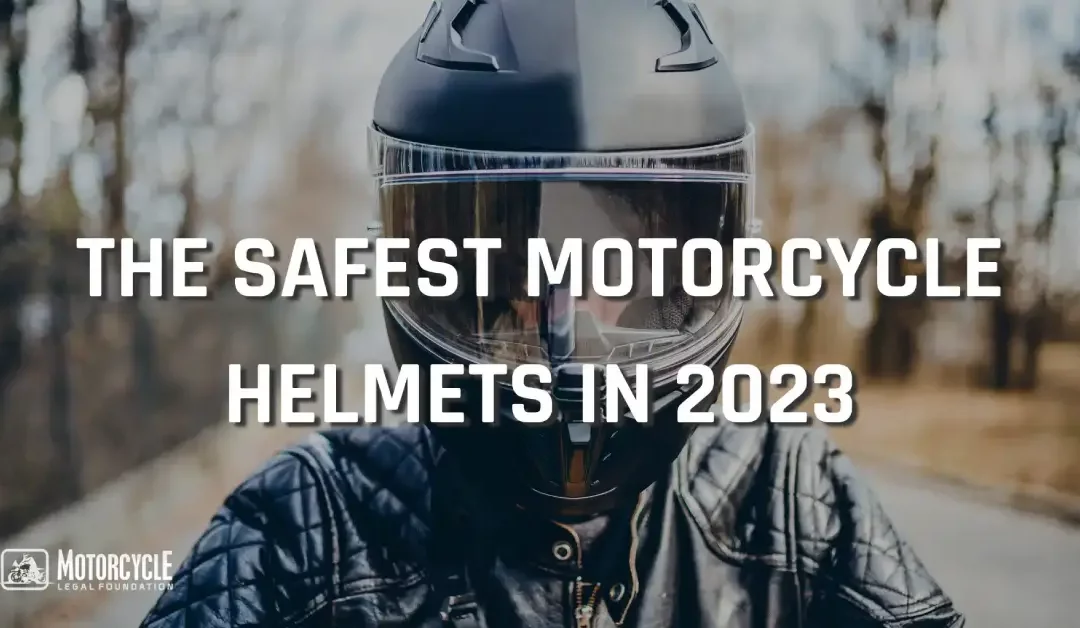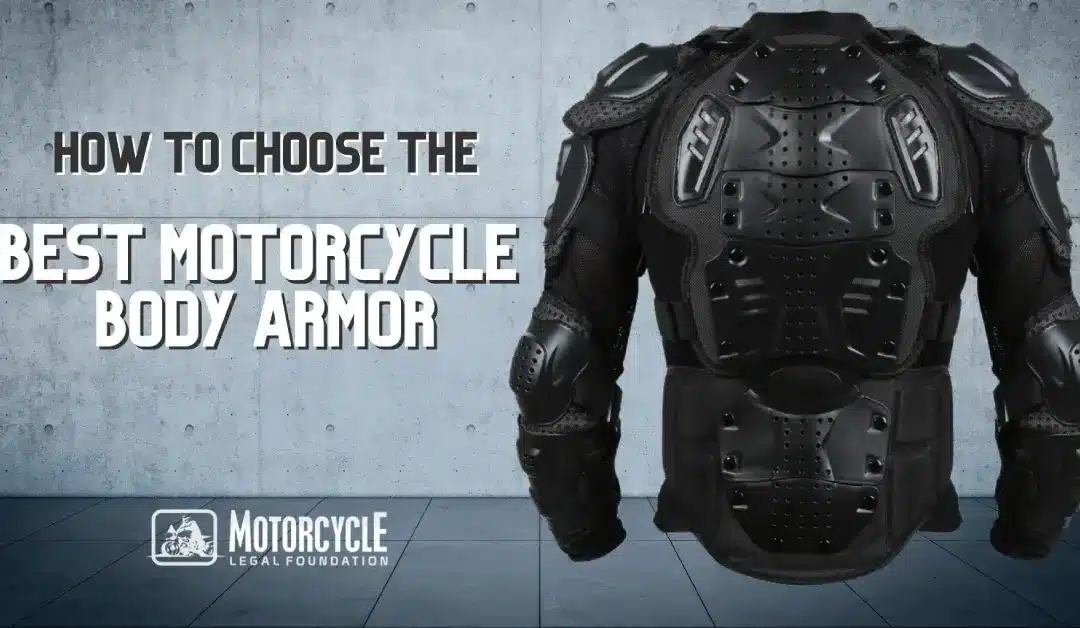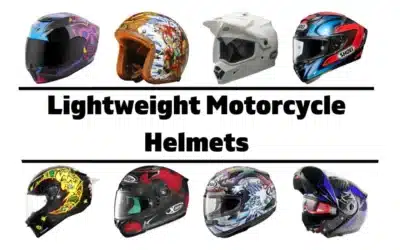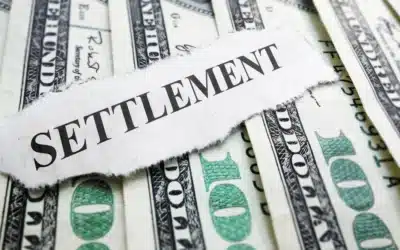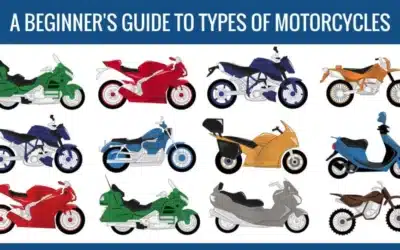Look at a motorcycle as an engine mounted on a frame with two wheels and a transmission. This article will undoubtedly save you money, and it might save your life. There are a lot of parts, some that move and others that sit there and look pretty, and most contribute to how your motorcycle performs and how safe it is to ride.
Keeping your motorcycle in top shape requires regular routine maintenance. Suppose that makes your brain light up with flashing dollar signs or images of a driveway or garage floor with hundreds of parts scattered around. In that case, maintaining your motorcycle does not have to be expensive, and you don’t need a degree in engineering to handle some or most of it on your own.
To get you started on the road of motorcycle maintenance, let’s start with a checklist of systems and components of your that you should check on and service as needed on a fairly regular schedule. As you look at the checklist, it will immediately dispel the notion of a motorcycle being an engine and transmission on a frame with two wheels.
Now that you have your motorcycle maintenance checklist in hand, the following sections take you into each of the six major areas it covers. We’ll try to give you enough information about each area to help you decide whether you need to take your motorcycle to a trained and experienced mechanic.
Checklist Part 1: Before Riding – Basic Motorcycle Maintenance
The items in this first section of your motorcycle tune up checklist should become part of your pre-ride routine before taking your motorcycle out for the day.
Check paperwork, fuel, horn and lights
Your motorcycle license or driver’s license with a motorcycle endorsement should be carried with you at all times, but it is essential when riding a motorcycle in case you have an accident or are stopped by the police. Keep the registration and proof of insurance coverage either on you or in a compartment on your motorcycle. Check all documents to ensure they are current and have not expired.
Next, turn on the lights and walk around the motorcycle to make sure that your front and rear lights work. Turn on your directional signals to ensure they are properly working. This is also a good time to try the horn to determine that it works.
Some motorcycles have a fuel gauge, but many of them do not. Check to ensure that you have enough gasoline for your trip. If your motorcycle has not been used for a while, such as over the winter months for those of you living in colder climates, use a siphon pump to drain the old gasoline out of the tank and refill the tank with fresh gas.
If the gasoline in the tank is older than a month or two, you may need the help of a mechanic. Do not try to start the engine, because circulating old, stale gasoline through it can cause problems with the carburetor and jets. Let a mechanic drain the fuel and clean or replace fuel lines, float valve, carburetor and jets that may have been fouled by the old gasoline.
Walk around the motorcycle and do a visual inspection of the frame, controls, wires, and chain. The chain should be clean and lubricated. Look on the ground and around the engine to detect any leaks.
Perform whatever basic motorcycle maintenance you determine is needed from the results of your pre-ride inspection. When you are done, sit on the bike and adjust the mirrors before riding off.
Checklist Part 2: Battery
If you ride on a somewhat regular basis, the battery should not be a problem. However, it is a good idea to check the following:
Voltage
When a motorcycle won’t start, the culprit may be a dead battery. An easy and quick test is to turn on the headlight. If it is dim or does not turn on, you probably have a dead battery. A better way to check the strength of the battery by using a multimeter. Touch the black lead of the meter to the negative battery post and the red to the positive to get a reading of the voltage.
Battery age
Sealed batteries have a useful life span ranging from three to five years before they need to be replaced. Replacement of a conventional, acid-filled battery will be between two to five years.
Clean and grease terminals
Improve the performance of your motorcycle battery by using a wire brush to periodically clean the terminals and coat them with a thin layer of petroleum jelly to prevent corrosion before reconnecting the battery cables.
Check fuses
Fuses protect electrical circuits of your motorcycle. Instead of the electric components of your bike being destroyed by an overload, a fuse gives itself up to save it. Of course, that means you have to replace a blown fuse.
Check the owner’s manual that came with your motorcycle for the location and size of the fuses. Fuses come with amperage ratings stamped on them. Replace a blown fuse with one of the same amperage rating to protect the circuit.
Battery maintainer lead
If you do not ride your motorcycle that frequently and have a concern about the battery dying, you can invest in a battery maintainer. It is a small charger that you plug into an electric outlet after attaching leads to the battery terminals. The maintainer sends small amounts of current to the battery to keep it charged when the bike is in storage for an extended length of time.
Checklist Part 3: Tires
The fact that motorcycles typically have two wheels with only a very small part of each tire in contact with the ground for traction and control means you want to ensure the tires are safe and in good condition by inspecting them when doing routine motorcycle care.
Tire condition
Periodically check the sidewalls of your tires for cracks that may be caused by the rubber drying out or by dry rot. If you park your motorcycle for long periods without moving it, areas of the tread may flatten, or there may be worn spots from use. In either case, replace the tire.
Tire pressure
Keep tires inflated to the pressure manufacturers stamp on the sidewall or as stated in your owner’s manual. Buy and use a tire gauge rather than rely on gauges attached to the air hose at the local gas station.
Tire age
The date a tire was manufactured is stamped on its sidewall as a four-digit code with the first two numbers being the week of the year and the last two being the year. For example, a tire with “5217” was manufactured in the last week of 2017.
Tread depth
Tires have rubber bars inside the tread that become more visible as the tread wears away. When the tread is at the same level as the rubber bar, it’s time to replace the tire.
Another method to measure tread depth is to use a penny inserted into the tread with the top of Lincoln’s head pointing down. If you see the top of Lincoln’s head, then it’s time to get a new tire.
Checklist Part 4: Brakes
Brakes are the only things you have to stop your motorcycle, so they are an important item on your motorcycle service checklist. Keep them working properly by inspecting them at frequent intervals and replacing worn parts as needed.
Check brake pad thickness
Each manufacturer has a recommended minimum thickness for the brake pads on its motorcycles, so check your owner’s manual. Purchase a caliper, which is a tool sold at auto parts stores, to measure the thickness of the pads on your bike. Replace them if they do not meet minimum thickness.
Check the condition of the rotors and brake line
The depth of the rotors can be measured using the same caliper used to measure brake pad thickness. Check the results with the recommended minimum rotor thickness contained in your owner’s manual.
Brake lines should be replaced when you notice unusual wear or fluid leaking. As a mechanic if you do not have the tools or skills to do brake repairs.
Checklist Part 5: Fluids
You need to ensure that the different fluids used in your motorcycle are fresh and at their proper levels. Check the levels between motorcycle maintenance intervals and refill them as needed.
Replace brake fluid
Check the owner’s manual for the interval for changing brake fluid recommended by the manufacturer of your motorcycle. The rule of thumb is to change it every two to three years.
Lubricate control cables
Lubricate control cables about once a year or as recommended by the manufacturer of your motorcycle.
Check oil level
Check the level of the engine oil about once every week to two weeks and more frequently if you notice a leak. Follow oil change intervals in your owner’s manual and get an oil change kit to do it yourself and save money.
Replace coolant
Follow the recommendations in your owner’s manual for changing the coolant in your motorcycle. Typically, coolant is replaced every two years or so.
Grease fittings
Follow the recommended intervals for lubricating the grease fittings as shown in your motorcycle’s owner’s manual.
Fresh fuel
Unless you store your motorcycle for months at a time, you should not have an issue with stale gasoline. If you do, a siphon pump can be used to drain the tank.
Checklist Part 6: Filters
Filters prevent harmful particles from affecting the performance of your motorcycle.
Air filters
As a general rule, the air filter should be changed at least every 10,000 miles or once a year, but follow the recommended intervals in your owner’s manual.
Fuel filter
Rule of thumb for fuel filters is to replace them about every three years depending on how much you ride, but it’s to follow the recommendation in your owner’s manual.
Petcock and muffler
A petcock directs gasoline from your fuel tank to the fuel injectors or carburetor depending on your motorcycle. Follow the recommendations provided in the owner’s manual for replacement.
The average life of a muffler is two to three years, but if you notice excessive noise or a drop in performance, then it may be time to replace the muffler.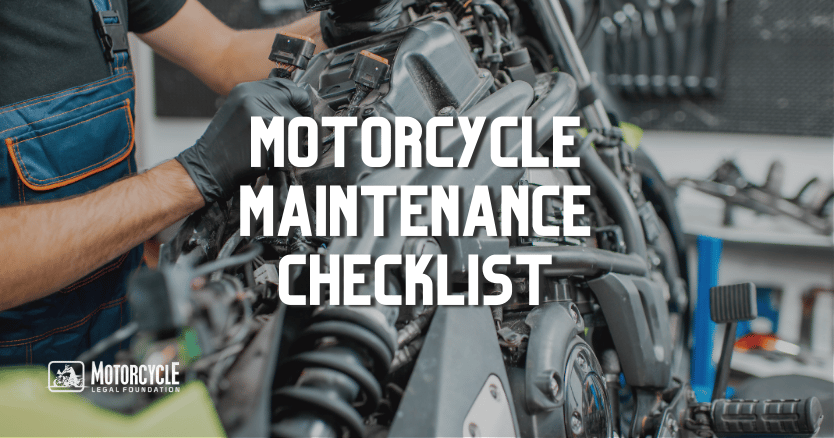
Conclusion
It’s not that difficult to keep your motorcycle performing and looking its best while also ensuring that it’s safe to ride. All you need is a motorcycle maintenance checklist as a guide and some faith in your own ability to perform routine inspections and maintenance.
If you are new to motorcycles, the Motorcycle legal Foundation has guides covering all topics related to buying, riding and maintaining motorcycles. It even has articles with fun facts to keep you entertained and amused.

